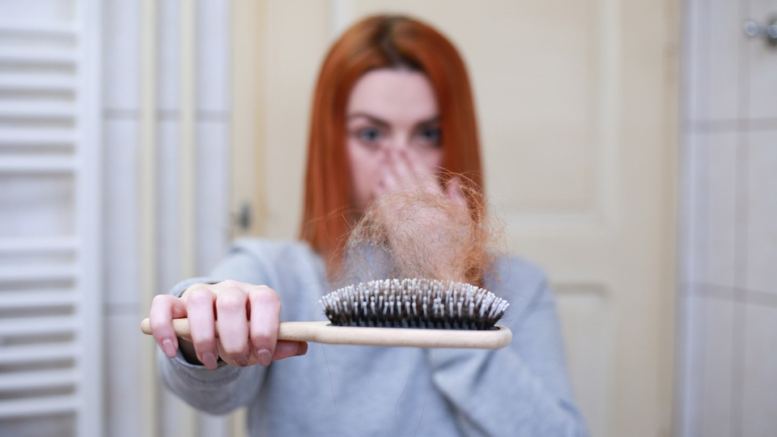Hairdressing is not just a service; it’s a form of self-expression and confidence for many. However, what happens when a hairdressing appointment turns into a disaster? Whether it’s a botched dye job, a bad haircut, or an allergic reaction to products, knowing your rights and options for compensation is crucial. Here’s everything you need to know about filing a hairdressing claim – and securing the compensation you deserve.
Understanding Hairdressing Claims
Hairdressing claims fall under the category of personal injury claims. When you suffer harm or injury as a result of negligence or incompetence on the part of a hairdresser or salon, you may be entitled to compensation. This compensation can cover various damages, including physical injuries, emotional distress, medical expenses, and even loss of earnings if you’re unable to work due to the incident.
Types of Hairdressing Claims
Hairdressing claims can arise from a variety of situations, including:
- Botched Services: This includes scenarios where the hairdresser fails to deliver the service as agreed upon, resulting in damage to your hair or scalp.
- Allergic Reactions: If you experience an allergic reaction to hair products used during your appointment, you may have grounds for a claim.
- Chemical Burns: Improper use of bleach or hair dye can lead to serious harm and chemical burns.
- Cuts and Injuries: Accidental cuts from scissors or razors can occur during a hairdressing appointment, leading to physical injuries.
Gathering Evidence
To strengthen your hairdressing claim, gathering as much evidence as possible is essential. This may include:
- Photographic Evidence: Take clear photos of the damage to your hair or scalp as soon as possible after the incident.
- Medical Records: If you sought medical treatment for injuries or allergic reactions, keep records of your medical appointments, prescriptions, and any diagnoses.
- Witness Statements: If there were witnesses to the incident, obtain their contact information and statements supporting your claim.
- Receipts and Documentation: Keep receipts for the hairdressing appointment, as well as any additional expenses incurred as a result of the incident, such as medical bills or lost wages.
Seeking Legal Advice
Navigating the process of filing a hairdressing claim can be complex, especially if you’re unfamiliar with personal injury law. Seeking legal advice from a solicitor who specialises in personal injury claims can greatly improve your chances of success. A solicitor can assess the strength of your case, guide you through the claims process, and advocate on your behalf to secure the compensation you deserve.
The Claims Process
The process of filing a hairdressing claim typically involves the following steps:
- Initial Consultation: Meet with a solicitor to discuss your case. During this consultation, the solicitor will gather information about the incident and assess the viability of your claim.
- Letter of Claim: If your solicitor believes you have a strong case, they will send a letter of claim to the hairdresser or salon responsible for the incident. This letter outlines the details of your claim and demands compensation.
- Negotiation: The hairdresser or salon may respond to the letter of claim by offering a settlement. Your solicitor will negotiate on your behalf to ensure you receive fair compensation.
- Court Proceedings: If a settlement cannot be reached through negotiation, your solicitor may advise you to take your claim to court. In court, a judge will hear both sides of the case and make a decision on the appropriate compensation.
